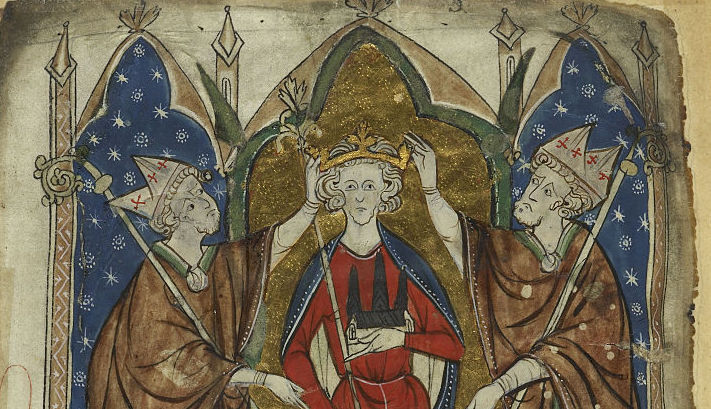It is a cliché to say that Britain’s customs were invented by the Victorians. In the case of the coronation, it is also not true: the 1838 coronation of Queen Victoria was possibly the most underwhelming in British history, even if it did give us the Imperial State Crown and Coronation Ring. It is true that some of what we think of as ‘ancient’ in the coronation rite isn’t quite as old as you might expect. While St Edward’s Crown is from 1661, for example, it has only been used in modern times since the coronation of George V and lay abandoned, stripped of its jewels, throughout the 18th and 19th centuries.
But on the whole, an astounding amount of Britain’s coronation rite has survived from a truly remote period of history. Apart from the language (English rather than Latin), there’s a good chance that a time-travelling Edward the Confessor would recognise exactly what is happening today.

Get Britain's best politics newsletters
Register to get The Spectator's insight and opinion straight to your inbox. You can then read two free articles each week.
Already a subscriber? Log in






Comments
Join the debate for just £1 a month
Be part of the conversation with other Spectator readers by getting your first three months for £3.
UNLOCK ACCESS Just £1 a monthAlready a subscriber? Log in